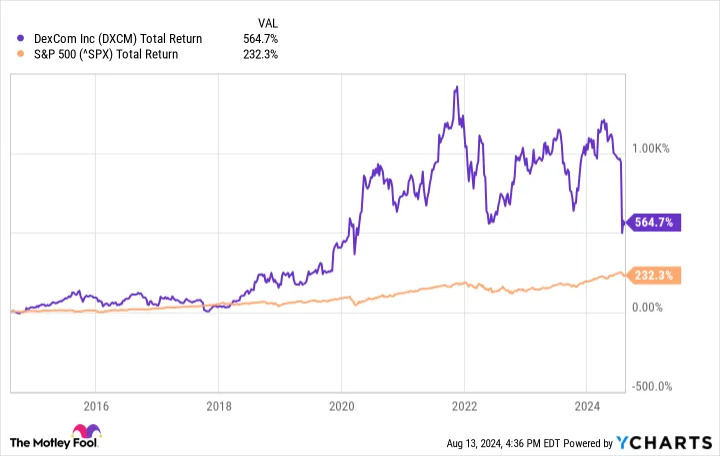(Bloomberg) -- Japanese retail investors’ hunger for overseas equities is weighing further on the yen, adding to downside risks posed by tariffs from Donald Trump and the wide interest-rate gap with the US.
Investment trusts that cater to Japanese individuals bought a net ¥10.4 trillion ($66 billion) of overseas equities and funds last year after the government expanded the scope of the Nippon Individual Savings Account system.
That’s the most since 2015, a year after Japan introduced NISA to encourage people to invest more for their retirement funds. There are early indications of large flows again in 2025.
“It’s possible that NISA-driven pressure to sell the yen will strengthen in the near term,” Shota Ryu and Daisaku Ueno, currency strategists at Mitsubishi UFJ Morgan Stanley Securities Co., wrote in a note. “NISA’s influence will continue to grow in the future as the number of accounts increases.”
NISA, which is a similar system to the UK’s Individual Savings Accounts and the US’s Roth IRA, has seen the number of accounts jump to 25 million as of September last year. That’s an increase of about 60% from the end of 2020.
Japan’s Financial Services Agency has created a mascot called Tsumitate Wanisa as it seeks to encourage individuals to invest more of the over one quadrillion yen they have in savings. ‘Wani’ means crocodile in Japanese and the reptile’s tail represents growth in asset values.
Part of this uptick in accounts has been due to NISA’s overhaul by the government at the beginning of 2024, including getting rid of limits for its tax-free holding periods and lifting annual contributions to encourage more Japanese to invest.
Investors using NISA are putting their money in markets facing policy changes at central banks. The majority of economists surveyed by Bloomberg expect the Bank of Japan to raise interest rates on Friday, and the Federal Reserve has signaled a slowdown in the pace of rate cuts.
Yield Gap
But even these rate outlooks aren’t likely to be enough to bolster the yen as the US-Japan yield gap will still be wide.
In addition to the yield differential, Nomura Securities Co. estimates that about half of the rise in the dollar against the yen last year can be explained by an increase in money going into overseas securities via investment trusts.
Investors can also put money into domestic assets through NISA accounts, but a weak yen and relatively low yields at home have reduced the appeal of doing so. US equities have also gained more than twice as much as Japanese stocks since NISA was introduced in 2014.
Should overseas market volatility rise, that may weigh on the amount of funds using NISA to invest abroad in 2025. Pressure on the yen from the tax-free accounts would diminish as well if inflows to Japanese assets increase this year due to potentially higher yields or strong stock performance.
Investment flows related to NISA contributed earlier this month to the yen’s slide to its weakest since July. Flows into Mitsubishi UFJ Asset Management Co.’s eMAXIS Slim US and All-Country Equity Funds have already totaled ¥641 billion during the first 10 business days of this year. That’s an increase of 66% from the same period a year earlier for Japan’s biggest mutual funds and the highest since at least 2019, according to Bloomberg-compiled data.
“NISA kicked off 2025 with a bang,” wrote JPMorgan strategists Meera Chandan and Arindam Sandilya in a note. “Given that more than half of the household assets are still held in yen cash, we continue to think outflows from Japanese households is a structural reason for yen weakness.”





